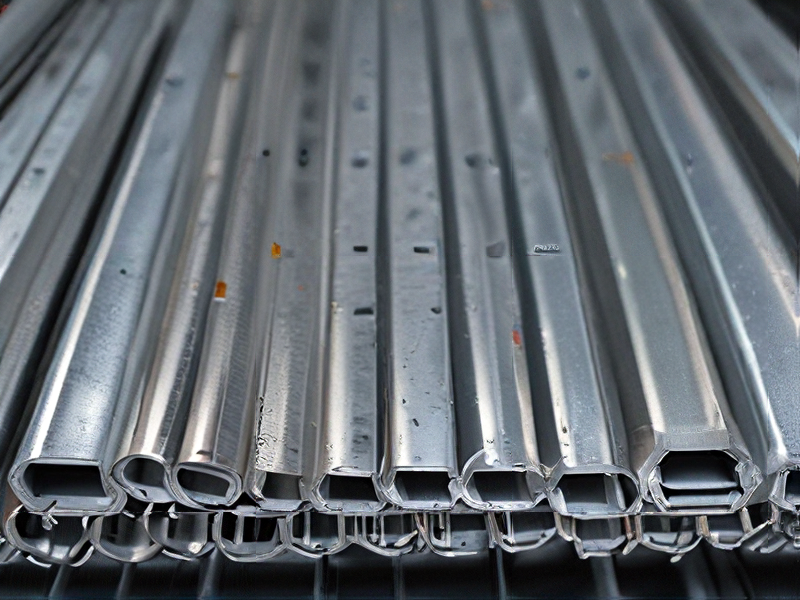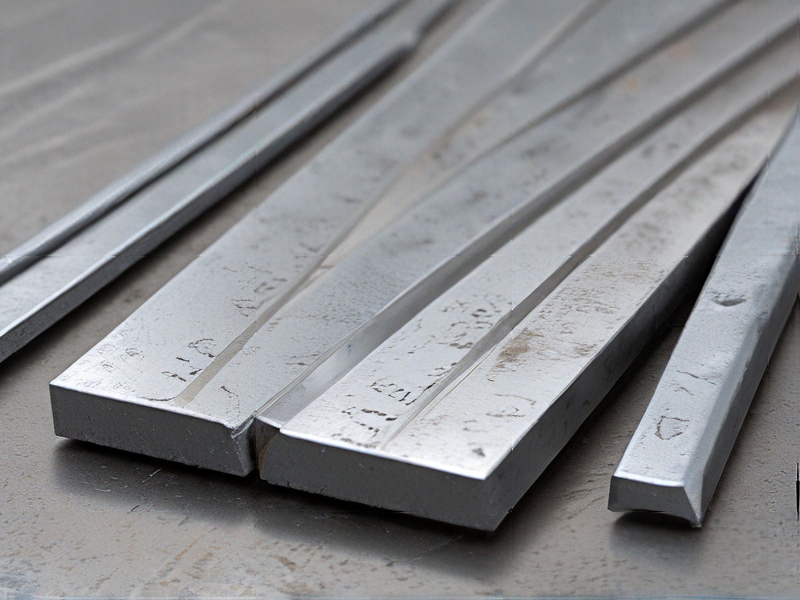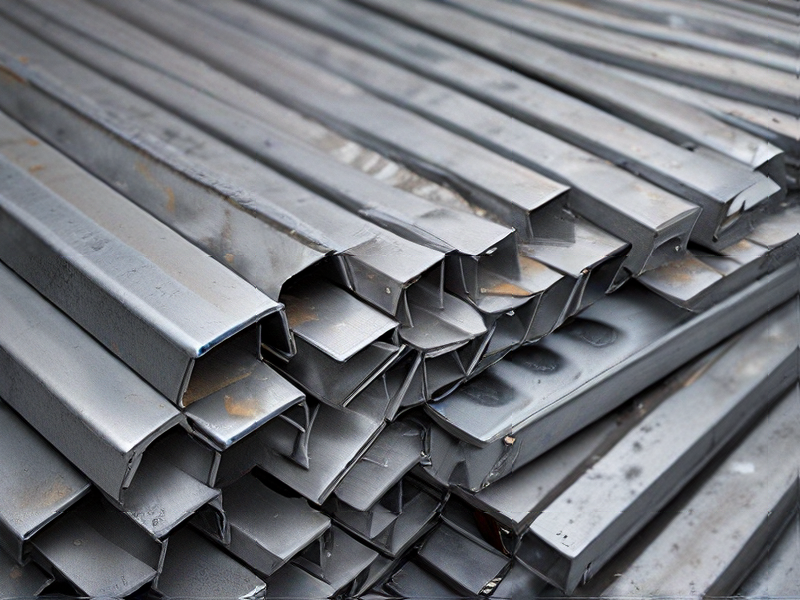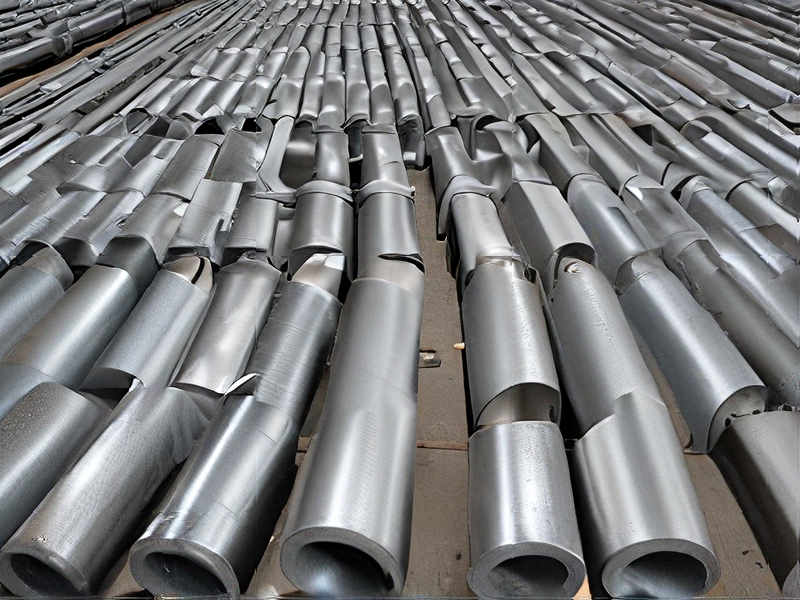Technology and Applications of galvanized steel vs stainless
Galvanized steel and stainless steel are both widely used in various applications due to their unique properties and durability.
Galvanized Steel:
Galvanized steel is carbon steel coated with a layer of zinc to prevent rust and corrosion. This coating is achieved through hot-dipping the steel in molten zinc or through electroplating. Galvanized steel is economical, offering good corrosion resistance in most environments. It’s commonly used in construction (roofing, framing), automotive manufacturing (body panels), and industrial applications (ductwork, guardrails).
Stainless Steel:
Stainless steel contains chromium, which forms a passive oxide layer on the surface, making it highly resistant to corrosion and staining. It’s available in various grades, each with different properties suited for specific applications. Stainless steel is preferred where corrosion resistance, hygiene, and aesthetic appearance are critical, such as in food processing equipment, medical devices, architectural structures, and marine environments.
Applications:
– Galvanized Steel: Ideal for outdoor structures, agricultural equipment, and infrastructure due to its lower cost and adequate corrosion protection in less harsh environments.
– Stainless Steel: Used in environments requiring high corrosion resistance and hygiene standards, such as hospitals, kitchens, coastal areas, and chemical processing plants.
Conclusion:
Choosing between galvanized steel and stainless steel depends on the specific application requirements. Galvanized steel offers cost-effectiveness and sufficient protection against corrosion in many applications. In contrast, stainless steel provides superior corrosion resistance and cleanliness, making it suitable for more demanding environments where longevity and appearance are critical factors.

Quality Testing Methods for galvanized steel vs stainless and how to control quality
Quality testing methods for galvanized steel and stainless steel focus on ensuring durability, corrosion resistance, and overall material integrity.
Galvanized Steel:
1. Coating Thickness: Measure using magnetic or eddy current methods to ensure it meets specified thickness.
2. Adhesion: Tape test to assess the adhesion strength of the zinc coating.
3. Visual Inspection: Surface examination for uniformity, absence of defects like bare spots or drips.
Stainless Steel:
1. Chemical Composition: X-ray fluorescence (XRF) to verify elemental composition for grade conformity.
2. Surface Finish: Visual inspection and surface roughness measurement (Ra) to ensure smoothness.
3. Corrosion Resistance: Salt spray testing (ASTM B117) to evaluate resistance to corrosion in harsh environments.
Quality Control:
1. Supplier Audits: Regular audits to ensure compliance with standards and consistency in production.
2. Process Monitoring: Implement Statistical Process Control (SPC) to detect variations early.
3. Testing Protocols: Establish clear protocols for testing at various stages of production.
4. Training: Continuous training of staff on quality standards and testing procedures.
By employing these methods and controls, manufacturers can maintain high standards of quality for both galvanized and stainless steel products, ensuring they meet customer expectations and regulatory requirements.

Tips for Procurement and Considerations when Purchasing from galvanized steel vs stainless
Tips for Procurement of Galvanized Steel vs Stainless Steel
1. Understand the Application:
– Galvanized Steel: Ideal for outdoor and marine environments due to its corrosion resistance from a zinc coating. Commonly used in construction, automotive, and agricultural applications.
– Stainless Steel: Offers superior corrosion resistance, strength, and durability. Suitable for medical devices, food processing, and chemical industries.
2. Assess Corrosion Resistance:
– Galvanized Steel: Provides moderate corrosion resistance. The zinc layer can deteriorate over time, especially in harsh environments.
– Stainless Steel: Higher corrosion resistance due to the presence of chromium. Ideal for prolonged exposure to moisture and chemicals.
3. Consider Strength and Durability:
– Galvanized Steel: Good strength for structural applications but may not match the high tensile strength of stainless steel.
– Stainless Steel: Higher tensile strength and durability, making it suitable for high-stress applications.
4. Evaluate Cost Implications:
– Galvanized Steel: Generally less expensive than stainless steel, making it a cost-effective option for many projects.
– Stainless Steel: More expensive due to its material properties and manufacturing process, but the longevity can justify the higher initial cost.
5. Factor in Maintenance and Lifespan:
– Galvanized Steel: Requires regular maintenance to ensure the zinc coating remains intact. Suitable for short to medium-term projects.
– Stainless Steel: Low maintenance with a long lifespan, making it a better choice for long-term applications.
6. Inspect Availability and Lead Time:
– Galvanized Steel: Widely available with shorter lead times.
– Stainless Steel: May have longer lead times and higher demand, affecting availability.
7. Environmental and Aesthetic Considerations:
– Galvanized Steel: Less aesthetically appealing with a more industrial look. Suitable for hidden or non-decorative uses.
– Stainless Steel: Offers a sleek, modern appearance, ideal for visible or decorative applications.
Conclusion:
Choose galvanized steel for cost-effective, moderate strength, and corrosion resistance in less demanding environments. Opt for stainless steel for superior durability, high corrosion resistance, and applications requiring a long lifespan and minimal maintenance.

FAQs on Sourcing and Manufacturing from galvanized steel vs stainless in China
Certainly! Here are some frequently asked questions (FAQs) regarding sourcing and manufacturing from galvanized steel vs stainless steel in China:
1. What is galvanized steel?
Galvanized steel is steel coated with a layer of zinc to prevent rust and corrosion. It’s commonly used in construction, automotive, and industrial applications for its cost-effectiveness and durability.
2. What is stainless steel?
Stainless steel is an alloy of iron with a minimum of 10.5% chromium content, which forms a passive layer of chromium oxide, making it resistant to corrosion and staining. It’s known for its aesthetic appeal and hygienic properties.
3. Which is cheaper, galvanized steel or stainless steel?
Generally, galvanized steel is cheaper than stainless steel due to its simpler production process and lower material costs. However, prices can vary based on market conditions and specific grades.
4. Where can I find reliable suppliers of galvanized or stainless steel in China?
China has numerous suppliers and manufacturers for both galvanized and stainless steel. It’s crucial to conduct thorough research, verify supplier credentials, and possibly visit their facilities to ensure quality and reliability.
5. What are the common applications of galvanized vs stainless steel in manufacturing?
– Galvanized steel: Used in roofing, automotive parts, HVAC systems, and agricultural equipment where corrosion resistance and cost-effectiveness are key.
– Stainless steel: Preferred for applications requiring hygiene (such as food processing), aesthetic appeal (architecture), and high corrosion resistance (marine environments).
6. Are there any environmental considerations between the two materials?
Both materials have environmental impacts associated with their production processes. Galvanizing involves zinc coating, which requires energy and resources, while stainless steel production consumes more energy but offers higher recyclability.
7. What quality standards should I look for when sourcing these materials from China?
Look for suppliers who adhere to international standards such as ASTM (American Society for Testing and Materials) for galvanized steel and ASTM or EN (European Norms) for stainless steel. Certification and testing reports should validate material properties.
8. What are the shipping and logistics considerations when importing these materials from China?
Factor in shipping costs, lead times, and import duties/tariffs when planning procurement. Work closely with logistics providers who specialize in handling steel shipments to ensure timely and cost-effective delivery.
By addressing these FAQs, you can gain a better understanding of sourcing and manufacturing options between galvanized and stainless steel in China.

